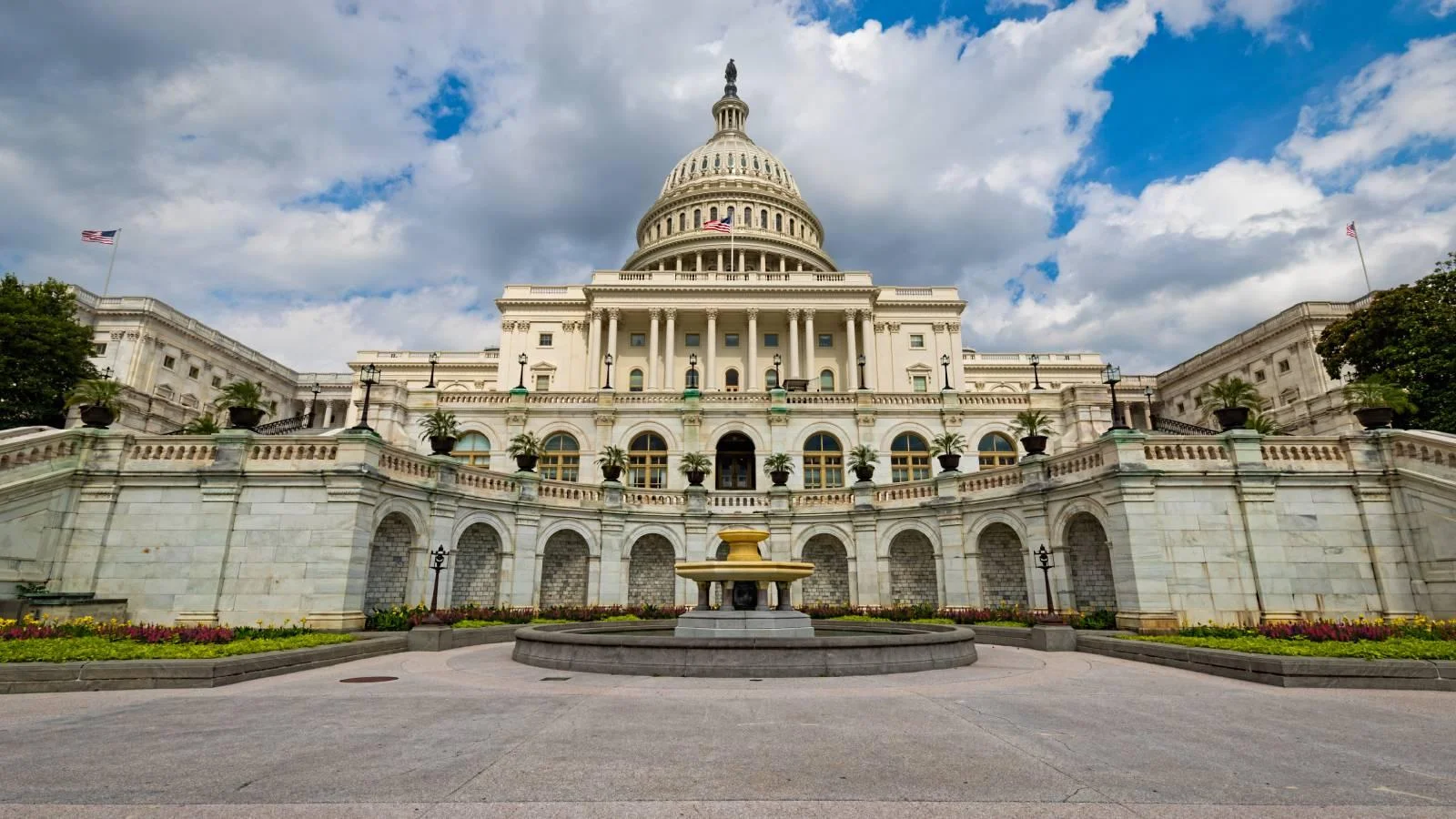Volume 145, No. 161 covering the 1st Session of the 106th Congress (1999 - 2000) was published by the Congressional Record.
The Congressional Record is a unique source of public documentation. It started in 1873, documenting nearly all the major and minor policies being discussed and debated.
“INTRODUCTION OF DUTY SUSPENSION AND REDUCTION LEGISLATION” mentioning the Environmental Protection Agency was published in the Extensions of Remarks section on pages E2385 on Nov. 15, 1999.
The publication is reproduced in full below:
INTRODUCTION OF DUTY SUSPENSION AND REDUCTION LEGISLATION
______
HON. MICHAEL N. CASTLE
of delaware
in the house of representatives
Monday, November 15, 1999
Mr. CASTLE. Mr. Speaker, I rise today to introduce several duty suspension and duty reduction bills for materials used in the production of environmentally sensitive herbicides, pesticides, and fungicides that improve the quality of our lives.
These duty suspension bills lower the cost of producing these products thereby lowering the cost to consumers and helping U.S. industries compete in the global marketplace. When American companies make the active ingredients for these chemicals, there is a proper role for duties to exist. However, when the active ingredients are only made by foreign companies, we needlessly increase costs for American businesses and consumers by imposing duties on their importation. By introducing these bills, I am triggering a careful review of these proposals by the House Ways and Means Committee and the International Trade Commission to make sure there are no domestic producers of these active ingredients so no one will be financially harmed.
Mr. Speaker, let me take this opportunity to highlight the beneficial uses of the final products these chemicals will produce. KN002 and KL084 are used to make citrus herbicides that are less toxic than many of the existing herbicides on the market. They require sixty percent less application to yield the same weed control result thus minimizing exposure to those who apply the herbicide. IN-N597 is used in the production of a rice herbicide. Like the citrus herbicides, it has environmental advantages over the existing rice herbicides on the market. Azoxystrobin is used in the production of a fungicide often used on golf courses. It also goes by the popular name Heritage, Abound or Quadris. DT-291 is a general fruit and vegetable insecticide. It has the unique ability to kill certain pests while leaving beneficial insects unharmed. Furthermore, DT-291 is well within the margins of safety to mammalian, avian, and aquatic organisms.
Finally, Tralkoxydim is used in the production of a postemergence herbicide for wheat and barley. It is also known as Achieve. The Environmental Protection Agency has concluded that Achieve is a reduced risk herbicide. It presents negligible health risks to consumers because it is low in toxicity and does not leave detectable residues in cereal grain, straw or hay. Postemergence herbicides also have the advantage of low application rates. The herbicide is only needed if weeds emerge around the wheat. Many other wheat herbicides must be applied ahead of time to prevent weeds from developing regardless of whether they would have emerged naturally.
Mr. Speaker, duty suspension bills are one of the most non-
controversial, bipartisan legislative initiatives because they are common sense for consumers, for the environment, and for enhancing the competitiveness of our domestic industries. I urge support for these proposals after the appropriate committees and agencies have thoroughly vetted these measures.
____________________


 Alerts Sign-up
Alerts Sign-up